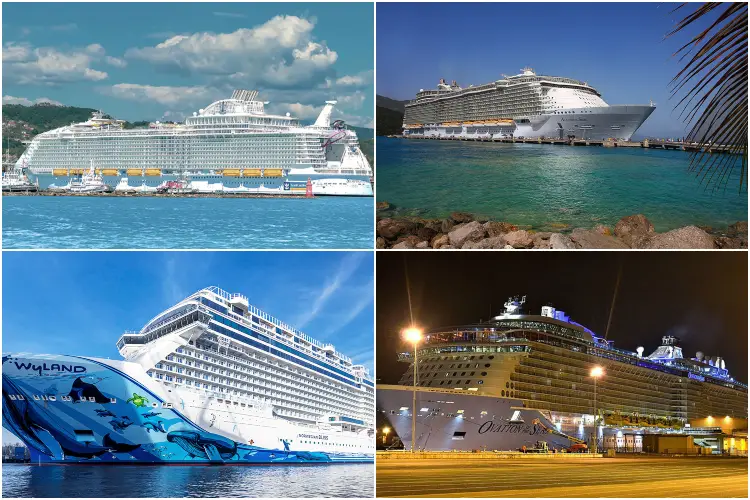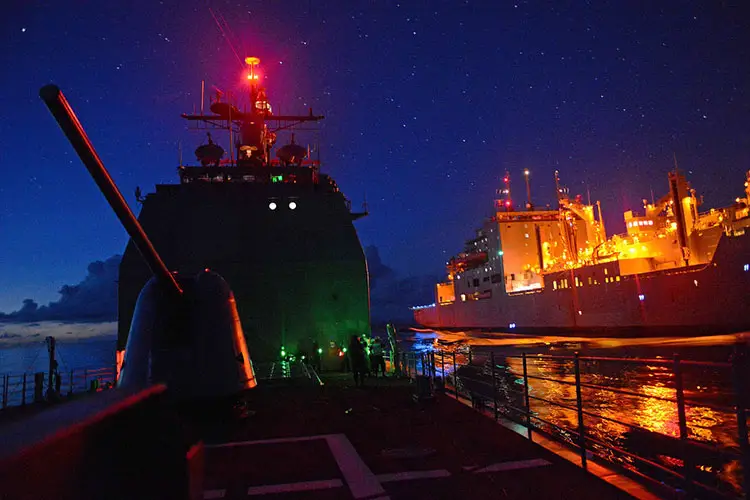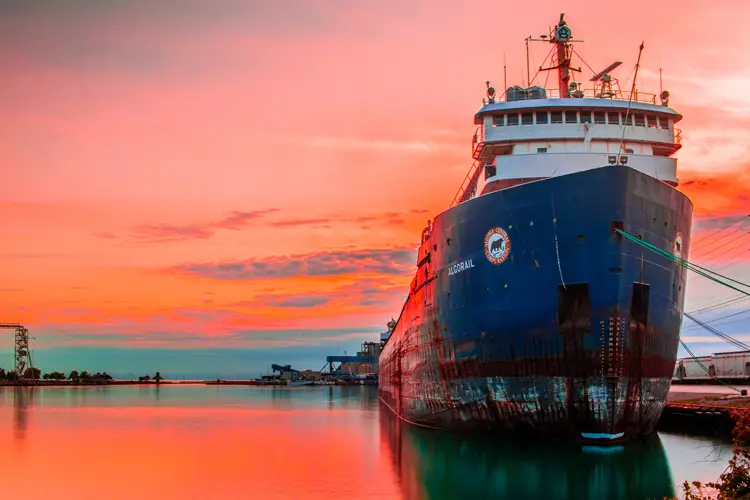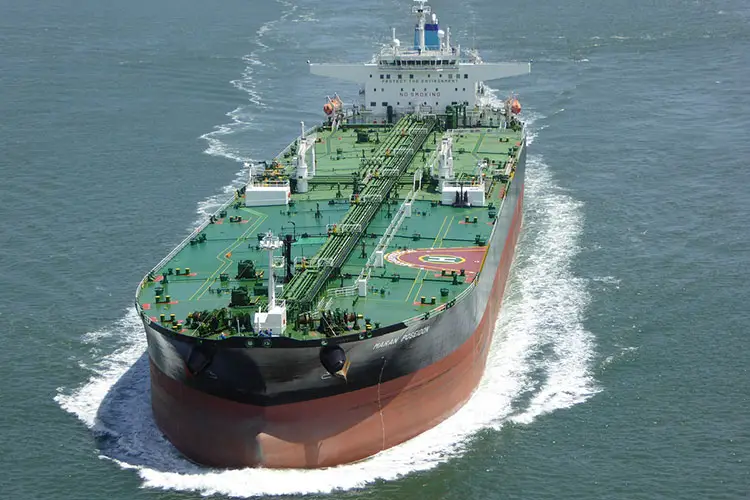Top 10 Historic Ships
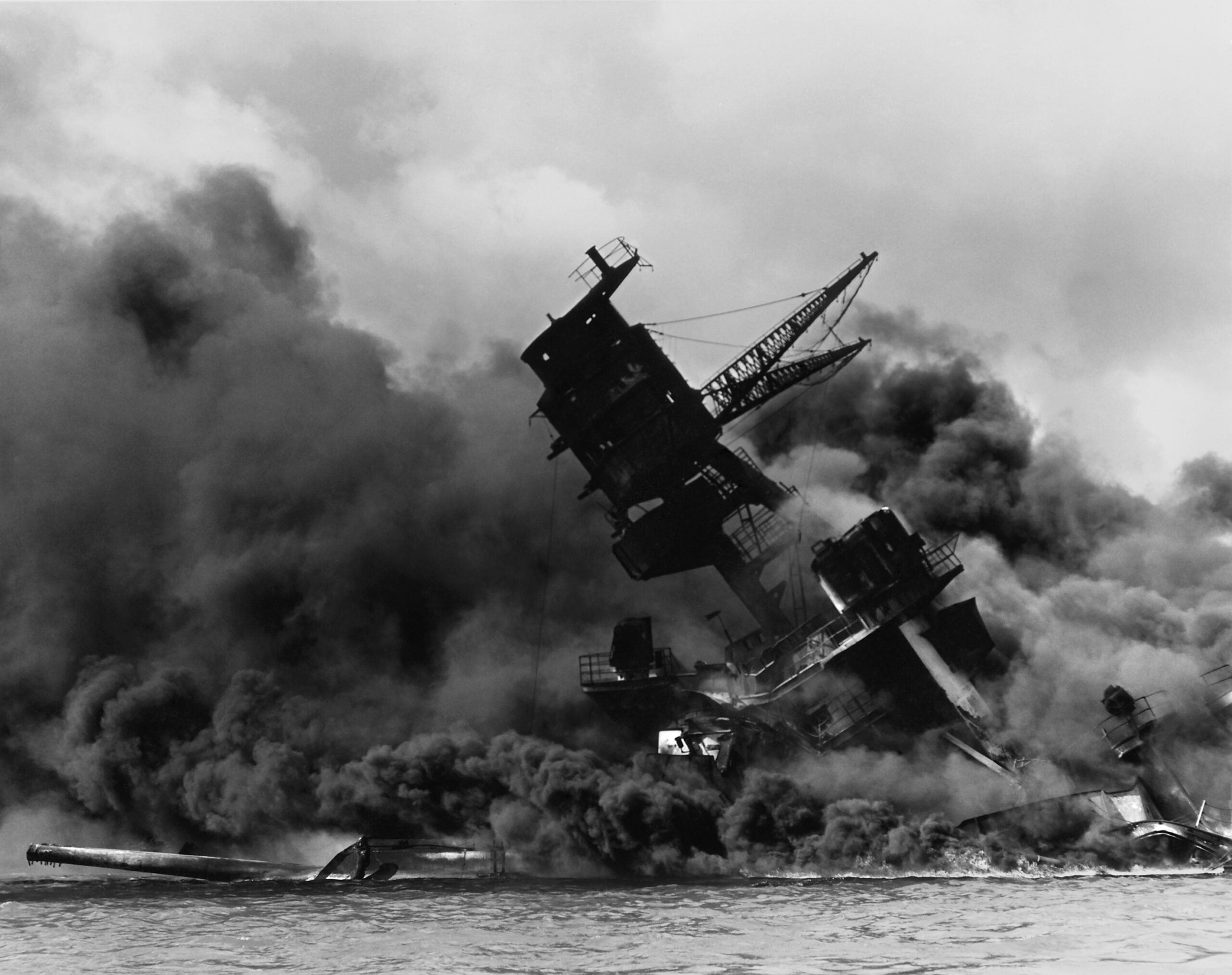
Before the invention of airplanes, steamships were the only mode of transport over wide regions across the world. Due to this reason, steamships were the pinnacle of human ingenuity and engineering for a long time.
The creation of the first ship can be traced back to as early as 3000 BC where Egyptians affixed the top of a pole set upright in a boat. Ancient Egyptians were aware of the process of assembling wooden planks into a hull. Since then, ships have undergone some massive changes in terms of its purpose as well as designs and constructions to suit those purposes. From being the most efficient means of commercial transport to be an integral part of warfare, ships have undergone some major changes throughout history.
Following is the list of the top 10 historic ships that have rightfully inscribed their names on the annals of humankind.
1) British Luxury Liner RMS Titanic
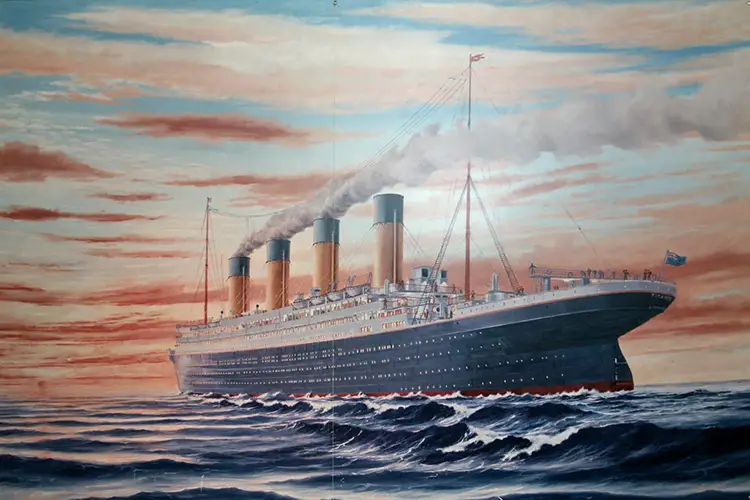
It is probably no surprise that the Titanic tops our list as the most famous ship in history. This was built as an exhibition of man’s technological brilliance but ended up proving to be one of the greatest architectural mistakes in human history. It was the largest and the fastest passenger ship at that time. The Titanic left England on April 10, 1912, for New York. Unfortunately, on its fifth day, it hit an iceberg and sank taking with it around 1,500 passengers who had not probably in their remotest dreams imagined such mishap would befall them.
Two hours proved to be inadequate for the evacuation process and the fact that there were only half the lifeboats needed to be added to the commotion. This sent a strong but a staggeringly expensive message that the regulations regarding the mandating of lifeboats and other security measures needed to be updated and improved.
In 1985 the ship was rediscovered below the surface of the North Atlantic and has since then been a part of numerous documentaries. However, the ship and its accident were made famous largely by the highly acclaimed movie Titanic (1999) starring Leonardo DiCaprio and Kate Winslet.
2) Battleship U.S.S. Arizona
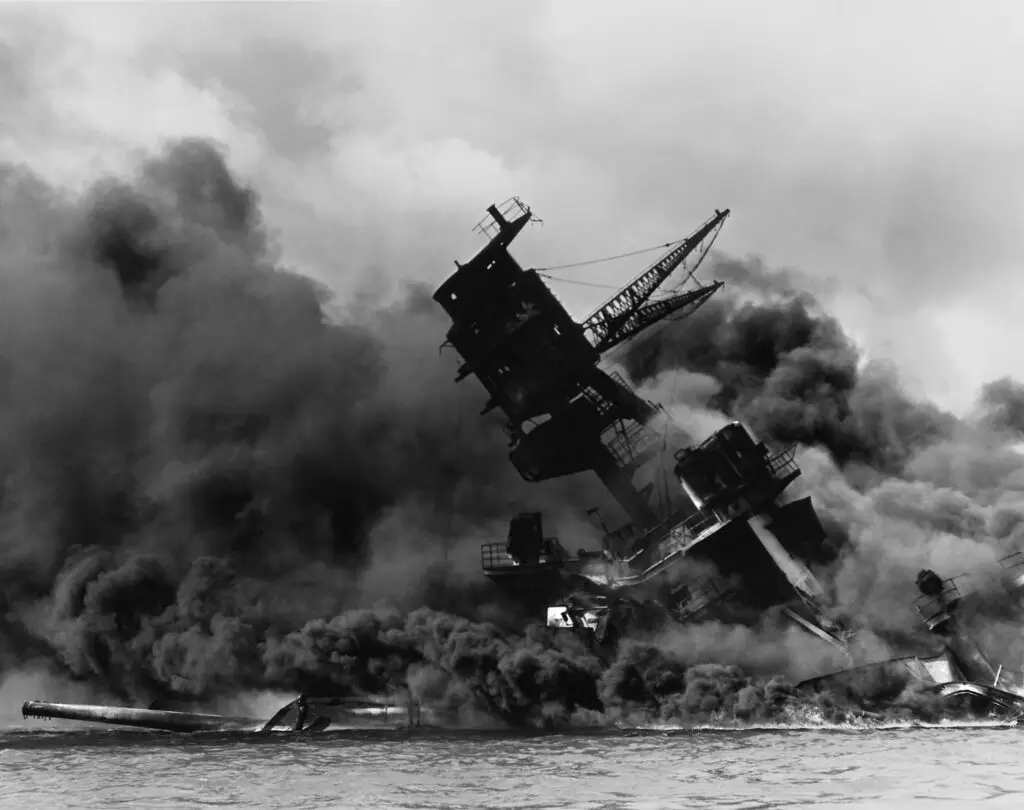
Arizona’s career ended even before it started properly. It was an active part of World War II, though World War I had been rather uneventful for it. American veterans happen to have a strong emotional attachment to this battleship. It did not last for more than fifteen minutes because a well-aimed Japanese bomb exploded her forward magazine that tore the ship into two parts at the time of the surprise attack on Pearl Harbour by the Japanese on December 7, 1941. This attack killed 1,177 men out of her crew of 1,400. Even the captain and an admiral perished in the explosion and remnants were left ablaze for days.
The ship was so badly damaged that it could not be repaired. It is one of the few ships (three to be precise) in the history that suffered a similar fate. The ship is still kept there as a memorial and millions of people from across the world come to see it every year. Owing to wartime censorship Arizona’s fiery history remained buried in the shallow waters of Battleship Row only to be dug up years later. It took as long as the 1960s to get the respect that she enjoys today by being a powerful memorial.
Also read: Top 12 Most Famous Sunken Ships
3) German Battleship Bismarck
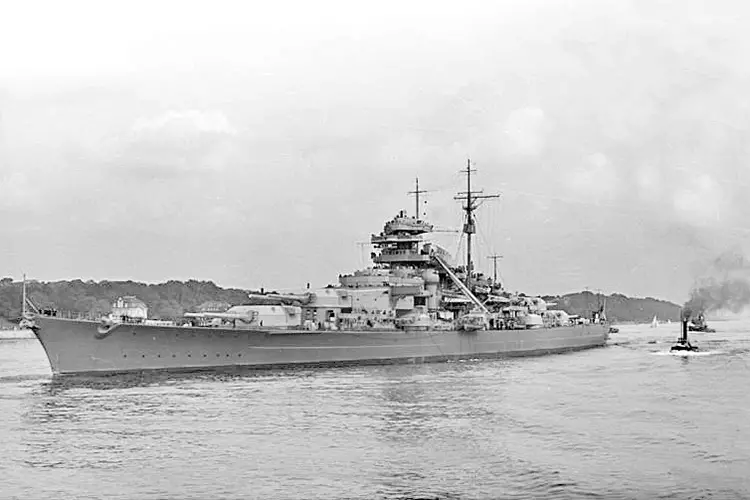
If there was something that was said to create tremors in the naval supremacy of the British Navy in 1941 than it was probably the German Battleship Bismarck. At a majestic 823 feet and a record 30 knots speed, Bismarck became the largest and fastest warship of its time. It became a nightmare in the Royal Navy history and caused the British heavy financial damage.
In the early hours of May 24, Bismarck faced the British battlecruiser HMS Hood and the new battleship HMS Prince of Wales. The Hood could not stand up for long against this behemoth and soon took solace at the bottom of the sea taking with it all of its 1,148-man crew except three lucky ones. Prince of Wales suffered slightly better fate whereby it could hardly make its way home.
However, a day later British torpedoes forced Bismarck to take a hasty trip to the French coast for repairs. Unfortunately, Rodney and King George V, two battleships were hot on its trail and gave their best in the 2 hours long barrage to successfully sink Hitler’s battleship along with his pride. Only 200 of the 2,200-man crew survived.
In 1989, it was discovered by Robert Ballard, the same person who discovered the Titanic three years later, in an undisturbed condition. However, evidence strongly suggests that it was not the British who had succeeded in sinking it, but it was a German who scuttled it preferring it to the alternative fate that had so long been made part of world history. This does take away much of the credibility of the Royal Navy.
Also read: Legend Of The Flying Dutchman
4) Battleship U.S.S. Maine
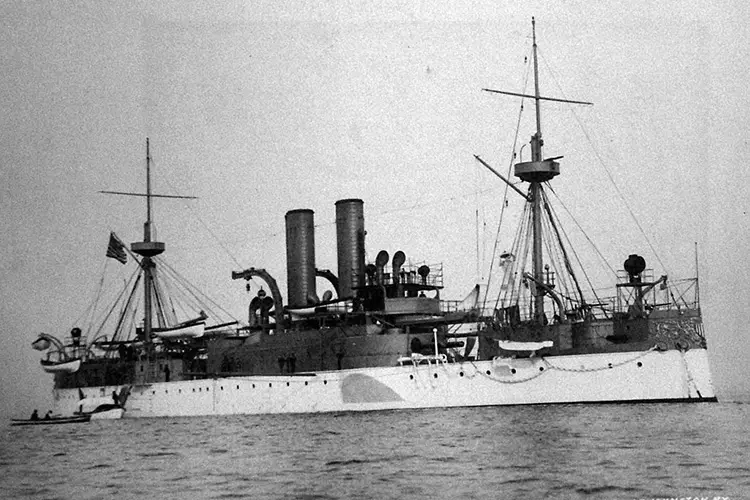
Not all ships in this list are war participants for that it not the only thing that brings fame. Sometimes it is what happened to the ship that makes it famous. It was February 15. 1898 when it was anchored to the Havana harbor when suddenly an explosion tore this tiny battleship into two. 89 people from the 355 men crew got killed in this unexplained explosion. It had apparently been a rallying point for a nation that was looking forward to war.
Historians and naval engineers are of the opinion the explosion had resulted from accidental detonation of her magazines by fire from the coal bin. However, many considered this to be an intentional act of sabotage, a part of a well-planned conspiracy that would ensure the United States getting thrown into a war with Spain where they returned victoriously.
5) HMS Victory
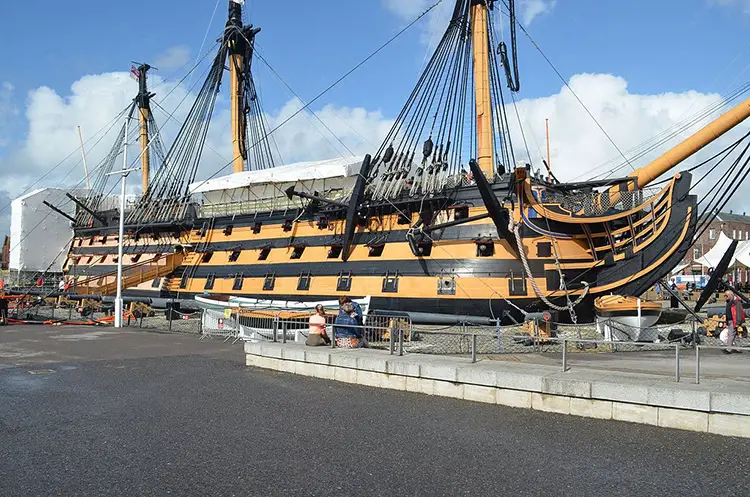
The Royal Navy was a supreme force during the late eighteenth and the early nineteenth century, and the biggest representation of this naval supremacy was probably the HMS Victory. Being one of the largest wooden warships to be ever built it became a revered legend under Nelson especially during the battle of Trafalgar in 1805. Nelson died in this war but not before grasping England from the pangs of defeat in the battle against the combined forces of the French and Spanish fields. Apart from this, the ship got engaged in a number of interesting adventures.
After the Napoleonic Wars ended the fate of this legendary ship almost got sealed had it not been for the First Sea Lord’s wife. On hearing that it was to be broken up she became emotional and pleaded that it be not submitted to the fate of the wrecker’s yard considering it had served gallantly for such a long time. The man submitted (quite wisely so) to his wife’s wishes hence we can still see a museum in Portsmouth that is made upon one of the oldest floating ships in the world. It had to go through a heavy restoration process prior to which it served as a pier-side training school for at least a century.
6) Battleship U.S.S. Missouri
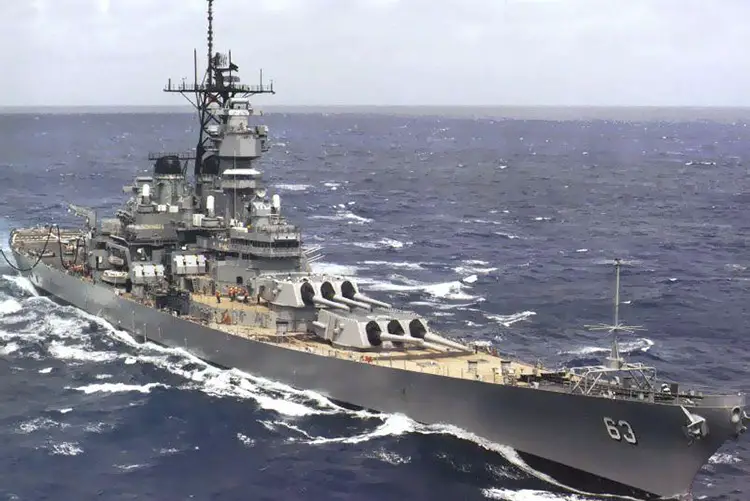
This ship is not famous for actively participating in any major war. Rather its fame lies in the fact that the surrender documents ending World War II were signed in this ship at the Tokyo Bay on September 2, 1945. But for the 45,000 tonnes “Mighty ‘Mo” World War II was not the last thing that it contributed towards for in 1984 she was assigned the task of combating in the Korean War. This reactivation made it a part of Ronald Reagan’s 600-ship fleet plan.
The U.S.S. Missouri was also engaged in the First Persian Gulf War in 1991 whereby it launched cruise missiles and 16-inch rounds at the Iraqi enemies in Kuwait. It is now retired from such demanding services and remains at Pearl Harbour it serves as a museum and war memorial. What is interesting is the fact that a person standing on its deck can see both where the war started as well as the place where it ended because it is docked just a few hundred yards from the Battleship Arizona (later in this list).
7) U.S.S. Constitution
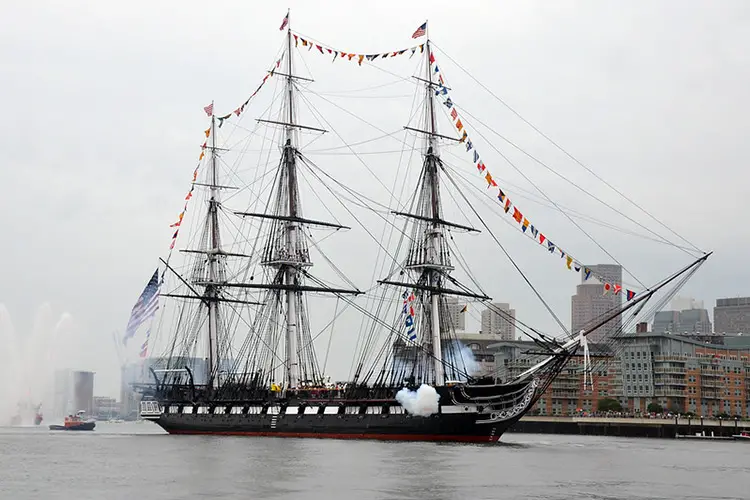
This is the oldest ship in America that is still intact. It is kept in a museum in Boston, Massachusetts. It was called “Old Ironsides” because of the build quality and even after 213 years, it is still afloat. Because of its sturdy construction, it has been able to continue providing service from 1797 to as recent as the Civil War. It continued its service thereafter as a training ship and continued sailing periodically till it got decommissioned in1881.
It can boast of having fought real pirates in the First Barbary War and also engaged in naval combat in the War of 1812, where it attained distinction by being victorious over the British frigates HMS Guerrier and HMS Java. All these gave it the reputation of being a ship that was capable of defeating the British in naval combat. This is actually extraordinary considering the fact that back then the Royal Navy was the largest and the most powerful in the world. She was recovered from the wrecking yard and has been in the museum since 1907.
The Old Ironside has undergone so many processes of restoration and refurbishments along with complete rebuilds that people say that only her keel belongs to the original ship and the rest has all been replaced. Let’s not forget the fact that the ship is still capable of hitting the waters and does so once every year when she is towed to the Boston Harbour for her “turnaround cruise” which ensure that it weathers evenly on both sides. Having a crew of sixty active-duty members of the United States Navy, it is still a commissioned warship.
8) U.S.S. Monitor and C.S.S. Virginia (aka Merrimack)
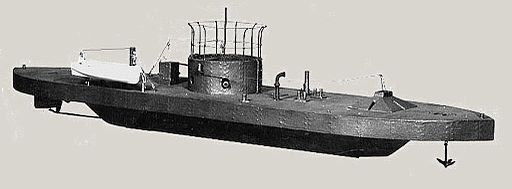
These two behemoths fought neck to neck (or should I say hull to hull?) with each other leading to a rather uneventful draw on March 1862 at Virginia. However, it is considered to be one of the most important naval battles in history because for the first time two ships used iron as the primary building component engaged in a battle. Mockingly but also aptly called the “cheesebox on a raft”, the Union-built Monitor is famous for being the first ship to incorporate a rotating gun turret. This designed radically changed the way warships came to be constructed then onwards till the next century.
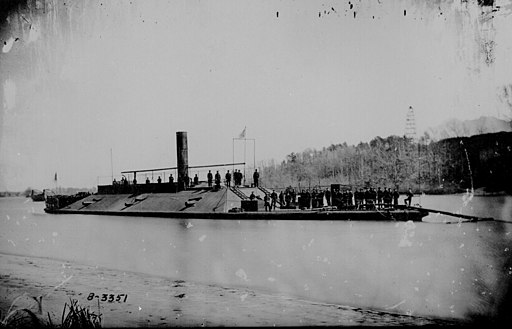
What makes the confederate ironclad remarkable is the fact that it was built upon the hull of the Union Frigate Merrimack. Hence, there is a lot of confusion regarding the name. The Merrimack had been made to sink deliberately so that it could not be captured when Norfolk fell into the hands of the South in April 1861. It was thereafter reflated after giving it a makeover and upgrades of massive iron plates which not only made her invincible against cannon fire but also a dangerous weapon that the South used to sink some of the traditional wooden Union warships the previous day.
Neither ship got to take part in another naval battle. Virginia was blown up and scuttled so that the enemy would not be able to capture it. In May of 1862, the Union troops regained control over Norfolk which made the action necessary, and thus the Monitor was lost to the waters off Cape Hatteras. It was New Year’s Eve and 16 of her crew never got to see the new year’s light.
Later in 1973, the wreck of the Monitor was located off Cape Hatteras, North Carolina. This place was officially made a national landmark. Many artifacts that belonged to the ship have been recovered since then, like the turret, cannon propeller, anchor, engine, and some belongings of the crew. These are now kept on display at the Mariner’s Museum of Newport News in Virginia.
Also read: Most famous captains of ships (fictional)
9) C.S.S. Hunley
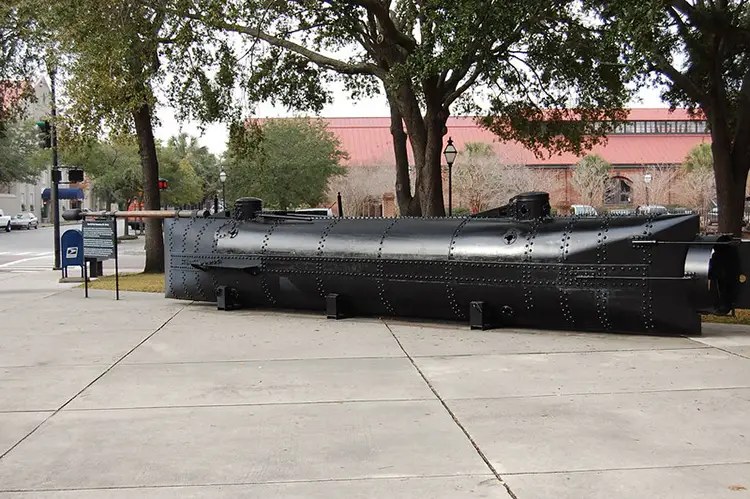
This vessel might easily be named the ‘suicide submarine’ due to the sheer number of lives it has taken with it. Built by the Confederates, originally it was designed to take down the Union Navy but instead ended up killing its own crew. Even while testing it sank twice and killed 13 of her crew. But it held a promise, a promise to change the conventional rules of naval engineering.
It was designed by H.L. Hunley, who also died during its testing, to sink the Union ships that were barricading the Southern ports and as at last ready for her first combat test on the evening of February 17, 1864. It is amazing how there was never a dearth of people willing to apparently kill themselves by volunteering to be part of the crew of this evidently suicidal ship.
However, they managed to sneak up on the Union sloop Housatonic and successfully buried a spar torpedo to her side. That is it. That is all there was to it because it sank for a third time and this time for good, taking with it all the eight men that formed the crew. The reasons for its sinking remained unknown but on the bright side, it achieved its purpose for the Housatonic did sink and became the first ship in history to be sunk by a submarine.
For 136 years it lay at the bottom of the Charleston Harbour until finally in August of 2000 it was finally located and raised to a great fanfaronade. The hull awaits its conservation in a specially designed tank and in an amazingly well-preserved condition.
10) Santa Maria
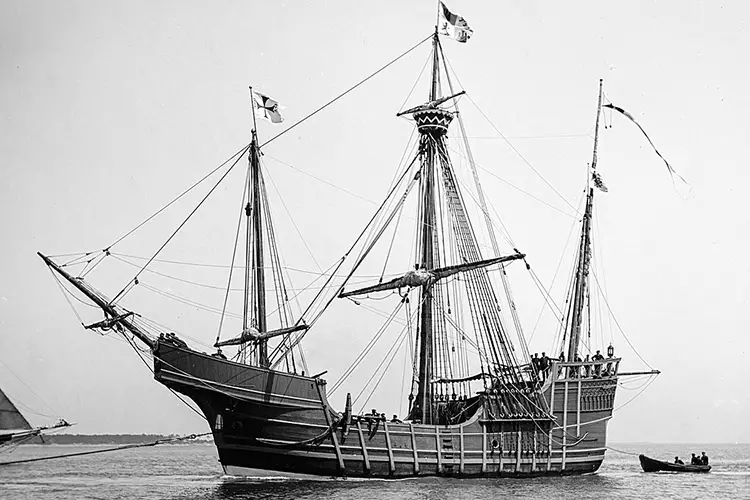
This historic Spanish vessel was made famous by Christopher Columbus who brought it to the ‘new world’. This tiny 70 feet long (at max) was a hideous vessel. Its speed was nothing remarkable either. But its fame lay somewhere else.
Columbus was the governor of Hispaniola and there he earned himself a bad name due to his brutality and other small follies. But one area where he remained unquestionable was his ability as a seaman. He braved the crossing not once but four times throughout his lifetime.
Unfortunately, the tiny Santa Maria could not carry his grandeur for a second time despite being extremely sturdy and was hence salvaged for wood on the Christmas of 1492. This wood was used for making another ship called La Navidad which incidentally translated to Christmas.
At least four replicas have been made of it, but none are accurate because there is no official record of the ship’s original construction. Thus, each of those replicas differs from each others in one way or the other. However, each of those replicas is capable of sailing the seas.
Lesser-known historic ships
We have discussed ten of the most historic ships in history. However, these are not the only ones. The following are some more such ships that are not that widely known but contribute a lot to the history of the marine world.
1) The Black Swan
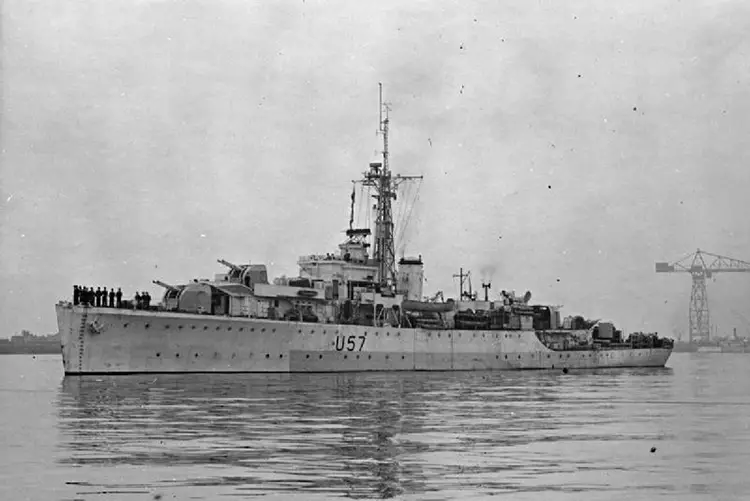
Also known as the Black Swan Project, this was one of the most successful recoveries of gold treasure in history. A huge gold treasure was found on a Spanish ship that had sunk off the coast of Portugal in 1805. In 2007, the treasure on the ship was recovered. The gold is estimated to be worth more than 500 million dollars. Although the gold was recovered by an American company, it was returned to the Spanish Authorities in 2012.
</a
2) The Queen Anne’s Revenge
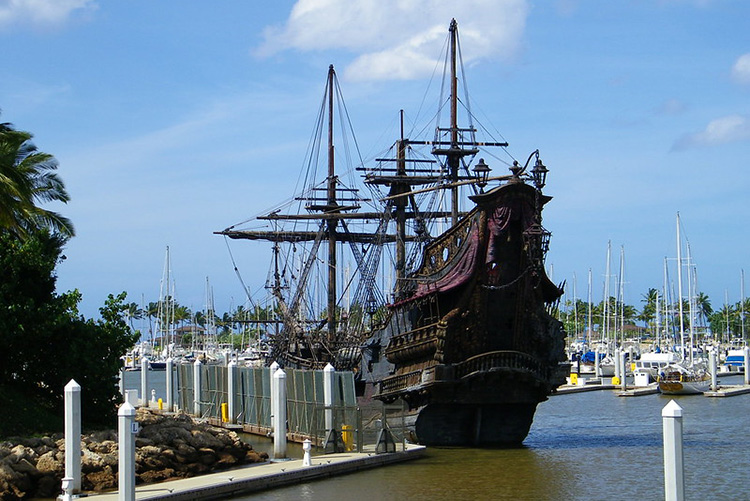
The Queen Anne’s Revenge was an 18th-century ship. It is most famous because of its captain Edward Teach, popularly known as Blackbeard. It was initially a British naval ship that was later captured by the French and then by pirates and remained in their hands from 1717 onwards.
The ship was abandoned by its pirate in 1718 to escape British capture. The remains of the ship were found near Atlantic Beach, North Carolina in 1996. Thirty-one canons are more than 250,000 artifacts were discovered on the ship.
3) RMS Lusitania
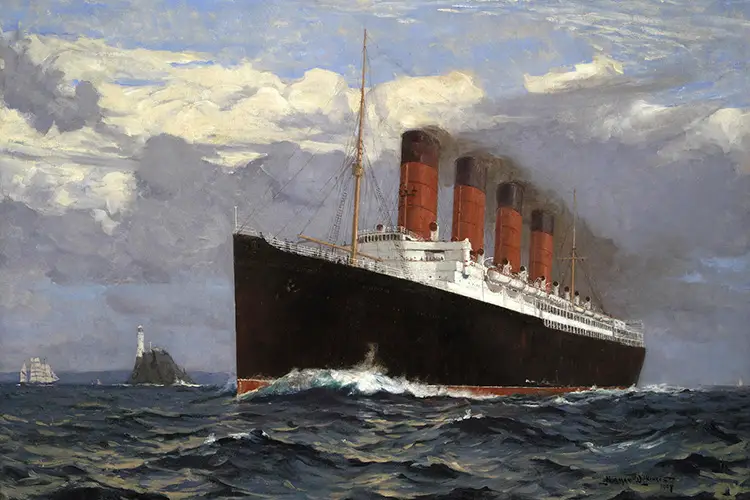
RMS Lusitania was a British ocean liner. It was launched in 1906. Throughout its life, it made 202 trans-Atlantic crossings. On 7 May 1915, it was torpedoed and sunk by a German boat. More than 1,198 people lost their lives. This ship is believed to have been one of the key factors in the involvement of the United States in the Second World War. Today, it lies about 11 miles south of Kinsale, Ireland. Many of the objects on the ship were recovered almost all of which are now privately owned.

